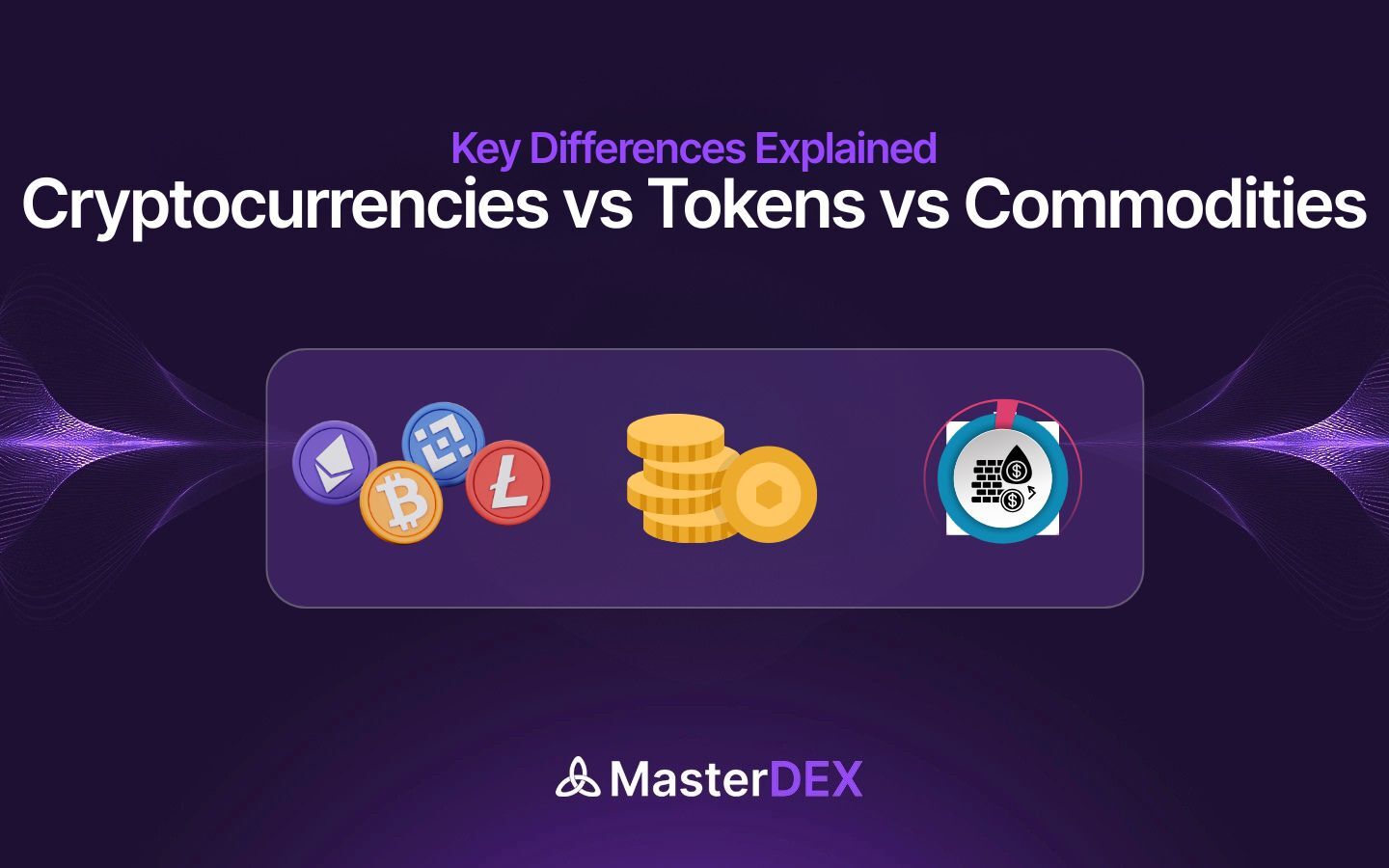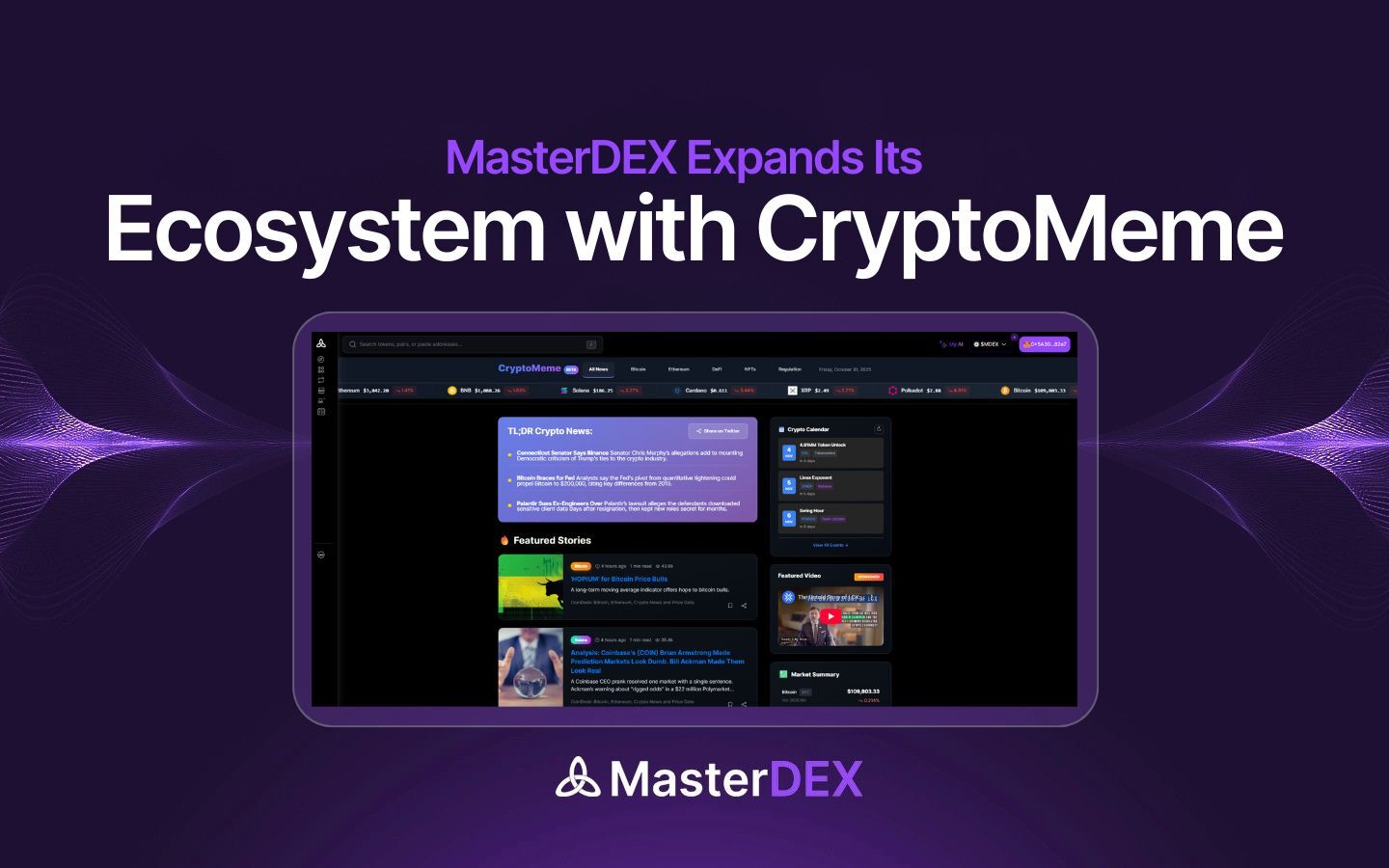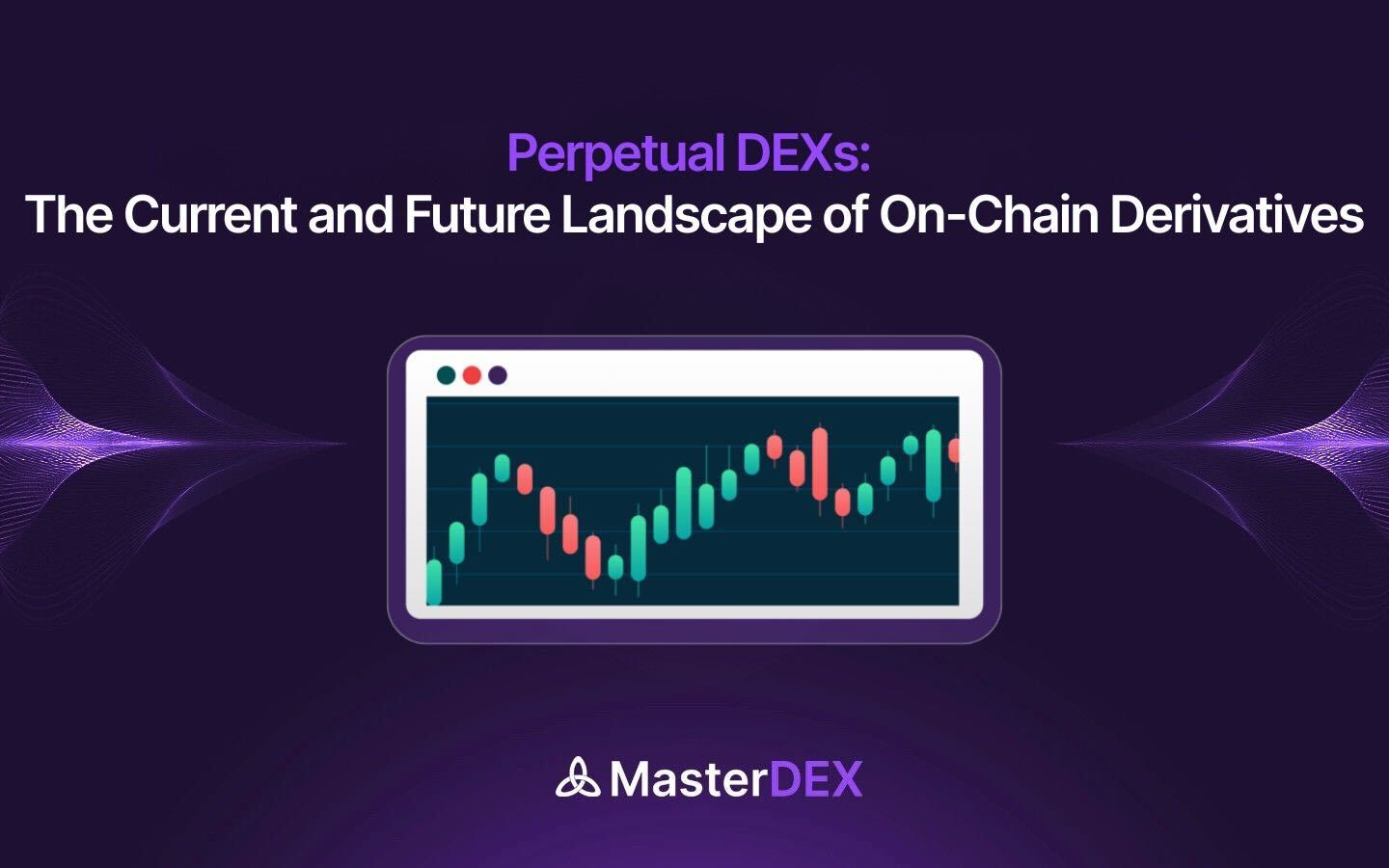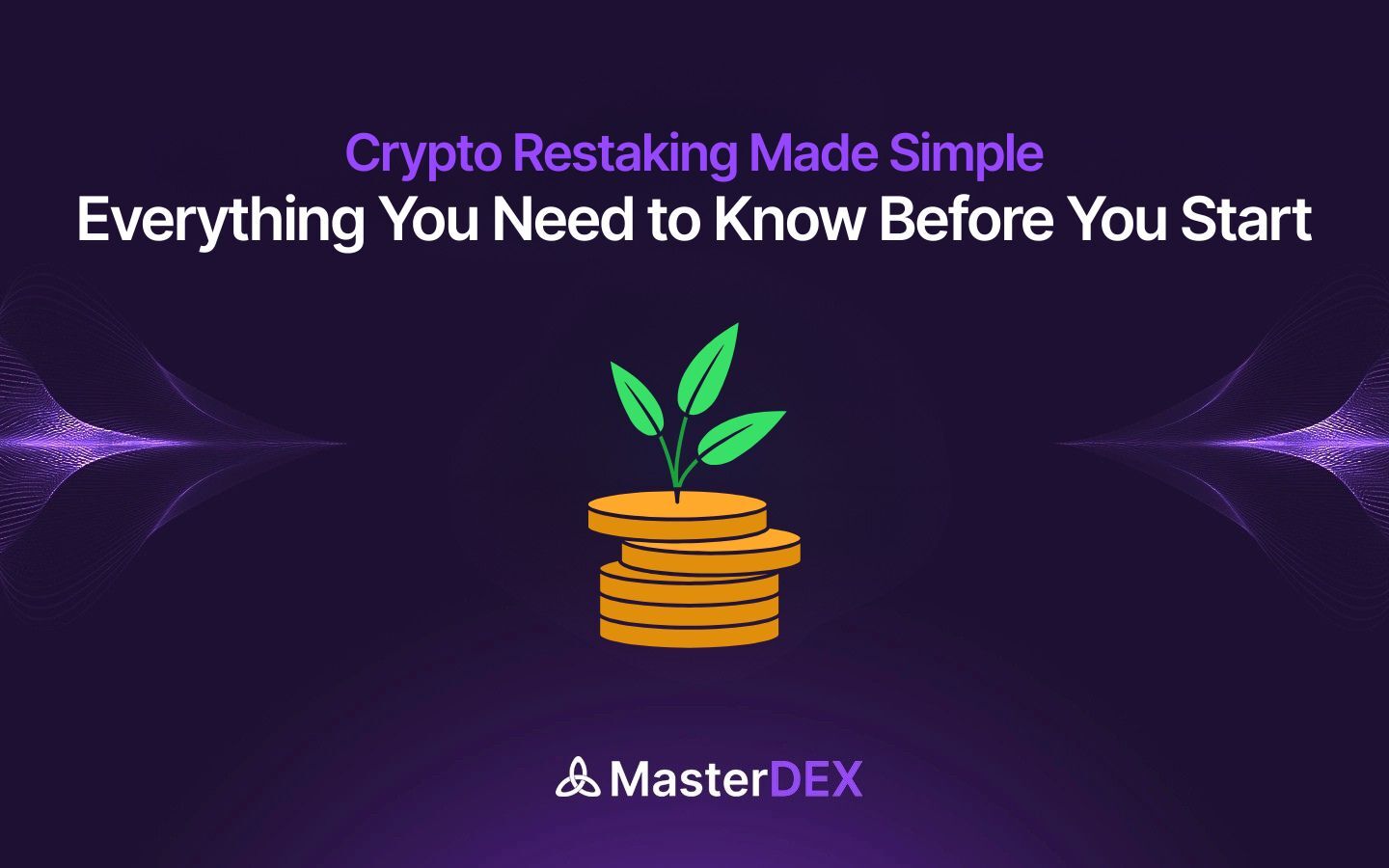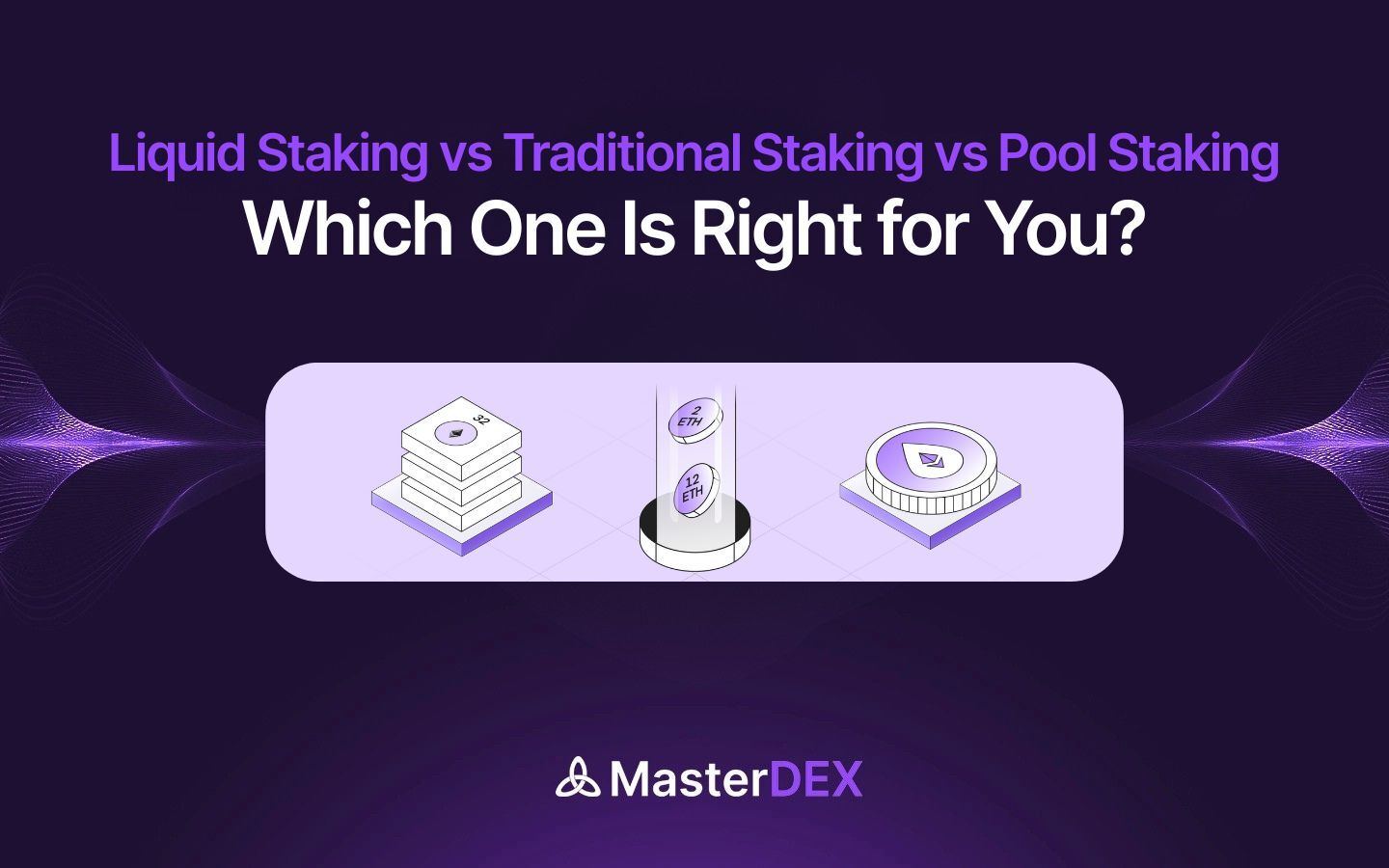Table of Contents:
ToggleIntroduction to Crypto Assets
The world of digital finance is vast and evolving, with terms like cryptocurrencies, crypto tokens, and crypto commodities often used interchangeably. However, each of these represents a unique type of digital asset with distinct purposes, structures, and use cases. Understanding these differences is crucial for investors, traders, and anyone exploring the blockchain ecosystem.
At a high level:
- Cryptocurrencies are digital money designed for transactions and value transfer.
- Crypto tokens often represent assets, rights, or access to services on a blockchain.
- Crypto commodities are digital assets that act as a store of value or are linked to real-world commodities.
Grasping the distinctions between these categories not only helps you make informed investment decisions but also allows you to navigate the growing world of blockchain technology with confidence.
In this article, we’ll break down each category, explore their use cases, and highlight the key differences so you can better understand what makes each crypto asset unique.
What Are Cryptocurrencies?
Cryptocurrencies are the original form of digital assets, created to function as a medium of exchange and a store of value without relying on traditional financial systems. Unlike fiat currencies issued by governments, cryptocurrencies operate on decentralized networks powered by blockchain technology. This ensures transparency, security, and immutability of transactions.
Key Features of Cryptocurrencies:
- Decentralization: Most cryptocurrencies are maintained by a distributed network of computers, eliminating the need for a central authority like a bank.
- Limited Supply: Many cryptocurrencies, such as Bitcoin, have a fixed supply, which can create scarcity and potentially drive value over time.
- Security and Transparency: Transactions are recorded on a public ledger, making them traceable yet secure through cryptographic methods.
- Global Accessibility: Cryptocurrencies can be sent and received anywhere in the world, often with lower fees and faster processing times compared to traditional banking.
Popular Cryptocurrencies:
- Bitcoin (BTC): Often referred to as digital gold, Bitcoin was the first cryptocurrency and remains the most widely recognized. Its primary function is as a store of value and a medium for peer-to-peer transactions.
- Ethereum (ETH): Beyond acting as a currency, Ethereum supports smart contracts — self-executing agreements that power decentralized applications (dApps).
- Litecoin (LTC) and Ripple (XRP): These cryptocurrencies focus on faster transactions and efficient cross-border payments.
Use Cases:
- Payments: Cryptocurrencies can be used to pay for goods and services online and in some physical stores.
- Investment: Many people buy and hold cryptocurrencies as long-term investments, hoping their value appreciates.
- Decentralized Finance (DeFi): Platforms built on blockchains like Ethereum allow users to lend, borrow, and earn interest without traditional banks.
Advantages:
- Decentralized and censorship-resistant
- Potential for high returns
- Global accessibility and fast transactions
Disadvantages:
- Highly volatile, with prices subject to dramatic swings
- Regulatory uncertainty in many regions
- Technical knowledge often required to manage wallets and private keys
Cryptocurrencies are the foundation of the crypto ecosystem. However, they are not the only type of digital asset. This leads us to crypto tokens, which expand the functionality of blockchain networks beyond simple currency.
What Are Crypto Tokens?
While cryptocurrencies like Bitcoin or Ethereum function primarily as digital money, crypto tokens represent a different kind of digital asset that exists on top of an existing blockchain. Tokens can serve a wide range of purposes, from granting access to services, representing ownership, or even functioning as a stake in a project.
Key Features of Crypto Tokens:
- Built on Existing Blockchains: Unlike cryptocurrencies that have their own blockchain (like Bitcoin), tokens usually exist on platforms like Ethereum, Binance Smart Chain, or Solana.
- Programmable Functionality: Tokens can be coded with special functions, such as granting voting rights in a project, representing shares, or enabling loyalty rewards.
- Variety of Types: There are several categories of tokens, each serving distinct purposes.
Types of Crypto Tokens:
- Utility Tokens: These tokens provide access to a product or service within a specific ecosystem. For example, Binance Coin (BNB) can be used to pay for trading fees on Binance.
- Security Tokens: Represent ownership or investment in a real-world asset or company. They are often regulated and can pay dividends or entitle holders to profits.
- Governance Tokens: Allow holders to vote on project decisions, such as protocol upgrades or funding allocation. Examples include Uniswap (UNI) and Maker (MKR).
- Stablecoins: Technically a type of token, these are pegged to real-world assets like USD to reduce volatility. Examples include USDT (Tether) and USDC.
Use Cases:
- Access and Utility: Utility tokens allow users to interact with decentralized applications (dApps) or access premium features.
- Investment and Fundraising: Projects often issue tokens to raise capital via Initial Coin Offerings (ICOs) or token sales.
- Governance: Governance tokens empower communities to make decisions collectively, enhancing decentralization.
- Rewards and Incentives: Tokens can be used for loyalty programs, staking rewards, or incentivizing user engagement.
Advantages:
- Highly versatile and programmable
- Can represent ownership, access, or voting rights
- Integral to DeFi, NFT ecosystems, and dApps
Disadvantages:
- Dependent on the underlying blockchain’s security and scalability
- Regulatory uncertainty, especially for security tokens
- Value often tied to the success of a project, making them riskier than established cryptocurrencies
Unlike cryptocurrencies that primarily serve as money, crypto tokens expand the possibilities of blockchain technology, creating digital assets with diverse functions.
Understanding Crypto Commodities
Crypto commodities represent another distinct category within the digital asset ecosystem. Unlike cryptocurrencies, which are primarily designed as money, or crypto tokens, which can have utility or governance purposes, crypto commodities are digital assets that act as a store of value or represent a commodity-like asset.
Key Features of Crypto Commodities:
- Scarcity and Value Storage: Many crypto commodities, like Bitcoin, are designed to mimic the properties of scarce resources such as gold. This makes them attractive as a store of value.
- Digital Ownership of Real-World Assets: Some crypto commodities are tokenized versions of physical commodities like gold, oil, or real estate, allowing investors to gain exposure to traditional assets on the blockchain.
- Decentralized Nature: Like cryptocurrencies and tokens, most crypto commodities operate without a central authority, relying on blockchain networks for security and transparency.
Popular Examples:
- Bitcoin (BTC): Often referred to as “digital gold,” Bitcoin is considered a crypto commodity because of its scarcity, decentralized nature, and potential as a long-term store of value.
- Tokenized Gold (e.g., PAX Gold – PAXG): Represents ownership of actual gold held in vaults, allowing users to buy, sell, or trade gold in digital form.
- Other Tokenized Commodities: Some platforms offer tokenized versions of silver, oil, or other resources, bridging the gap between traditional commodities markets and blockchain technology.
Use Cases:
- Investment and Hedging: Crypto commodities are often used as long-term investments or hedges against inflation, much like traditional commodities.
- Portfolio Diversification: Investors can diversify their portfolios by including digital commodities alongside cryptocurrencies and tokens.
- Digital Ownership of Real-World Assets: Tokenized commodities enable easy transfer, fractional ownership, and access to global markets without intermediaries.
Advantages:
- Acts as a store of value, similar to precious metals
- Provides exposure to real-world assets via blockchain
- Decentralized, secure, and transparent
Disadvantages:
- Price can be highly volatile, especially for tokenized commodities
- Regulatory frameworks for tokenized assets are still evolving
- Some commodities may be dependent on custodians for physical backing
Crypto commodities offer a bridge between traditional assets and the digital world, giving investors an alternative way to hold value in a blockchain-based ecosystem.
Key Differences Between Cryptocurrency, Token, and Crypto Commodities
While all three cryptocurrencies, crypto tokens, and crypto commodities exist on blockchain networks, they serve distinct purposes. Understanding these differences is crucial for investors, traders, and blockchain enthusiasts.
Comparison Table
| Feature | Cryptocurrency | Crypto Token | Crypto Commodity |
| Definition | Digital money designed for value transfer | Digital asset built on an existing blockchain with specific functions | Digital asset representing scarce resources or tokenized commodities |
| Primary Purpose | Medium of exchange, store of value | Access, utility, governance, or investment | Store of value, hedging, investment in real-world assets |
| Blockchain | Has its own blockchain (e.g., Bitcoin, Ethereum) | Built on top of existing blockchains (e.g., Ethereum tokens) | Can be native (like Bitcoin) or tokenized from real-world assets (e.g., gold) |
| Examples | Bitcoin (BTC), Ethereum (ETH), Litecoin (LTC) | Binance Coin (BNB), Uniswap (UNI), USDT (Tether) | Bitcoin (BTC), PAX Gold (PAXG), tokenized silver |
| Use Cases | Payments, investment, DeFi | Utility, governance, rewards, fundraising | Long-term investment, hedging, fractional ownership of assets |
| Volatility | High | Project-dependent, can be highly volatile | Moderate to high depending on underlying asset |
| Advantages | Decentralized, global, secure | Highly versatile, programmable, integrates with dApps | Store of value, exposure to real-world commodities, decentralized |
| Disadvantages | Price volatility, regulatory uncertainty | Dependent on underlying blockchain, project risk | Volatile, regulatory uncertainty, some require custodians |
Practical Implications:
- For Investors: Choosing the right asset depends on your risk tolerance, investment horizon, and purpose. Cryptocurrencies like Bitcoin are ideal for long-term holding, tokens are suitable for participating in projects or DeFi, and crypto commodities are used to hedge against inflation or access tokenized real-world assets.
- For Users: Understanding these categories helps in selecting the right digital asset for payments, trading, or participating in blockchain ecosystems.
- For Developers: Knowing the difference ensures proper design of blockchain applications, whether issuing a token or leveraging an existing cryptocurrency network.
Conclusion
The blockchain ecosystem offers a diverse range of assets, each with unique characteristics. Cryptocurrencies serve as digital money, crypto tokens unlock programmable functions, and crypto commodities act as stores of value or represent tokenized real-world assets. By understanding these distinctions, users and investors can make informed decisions, navigate risks, and maximize opportunities in the digital asset space.
In essence, while these digital assets may overlap in certain aspects, each has a specific role, purpose, and value proposition, making it essential to know which one fits your needs.
